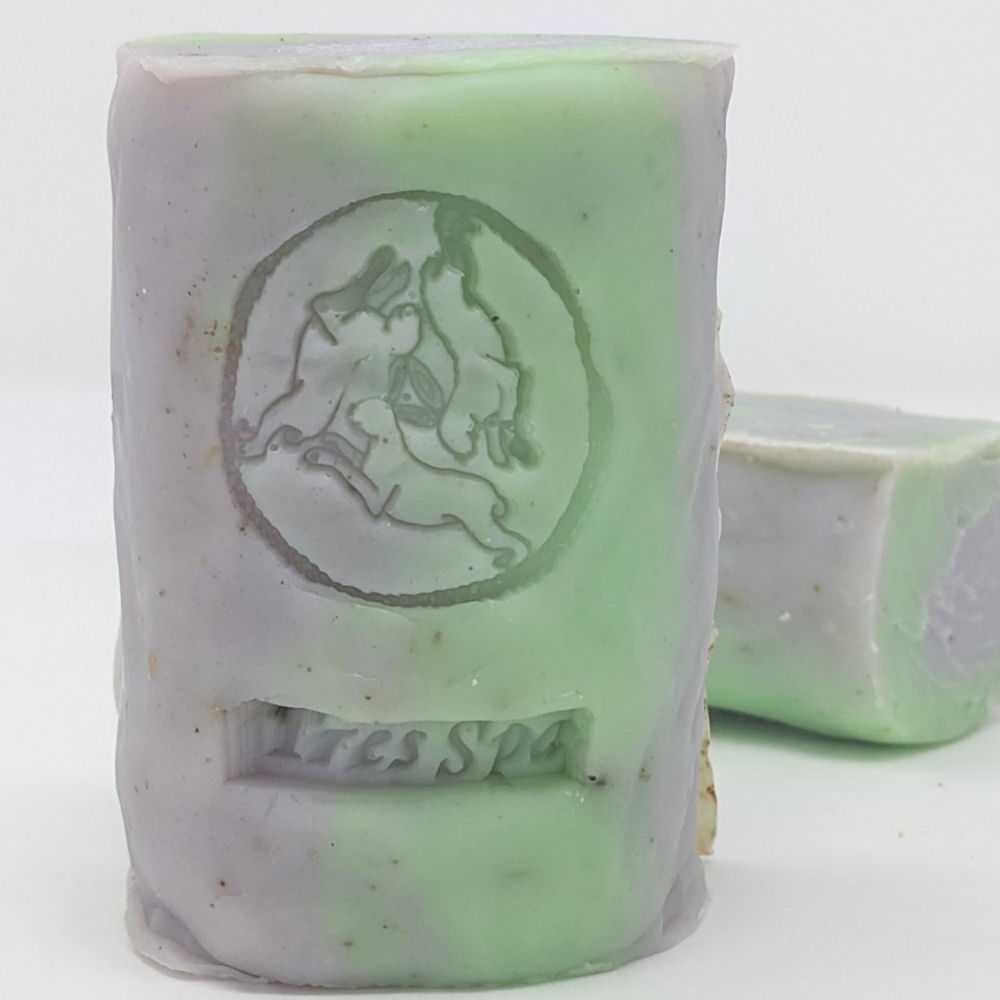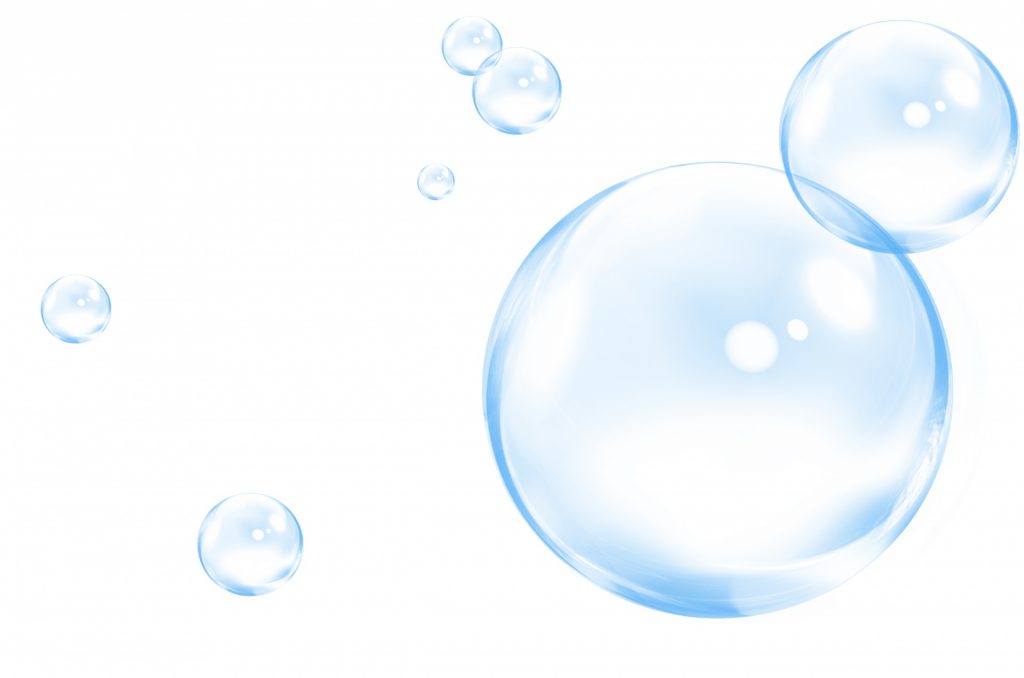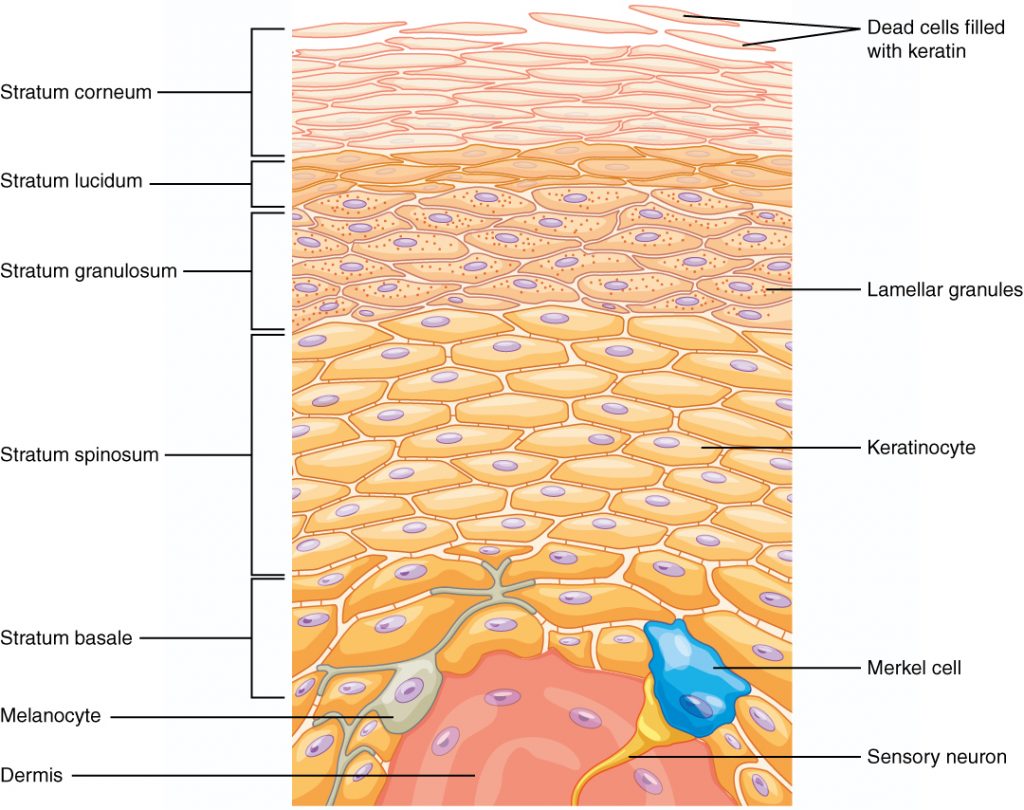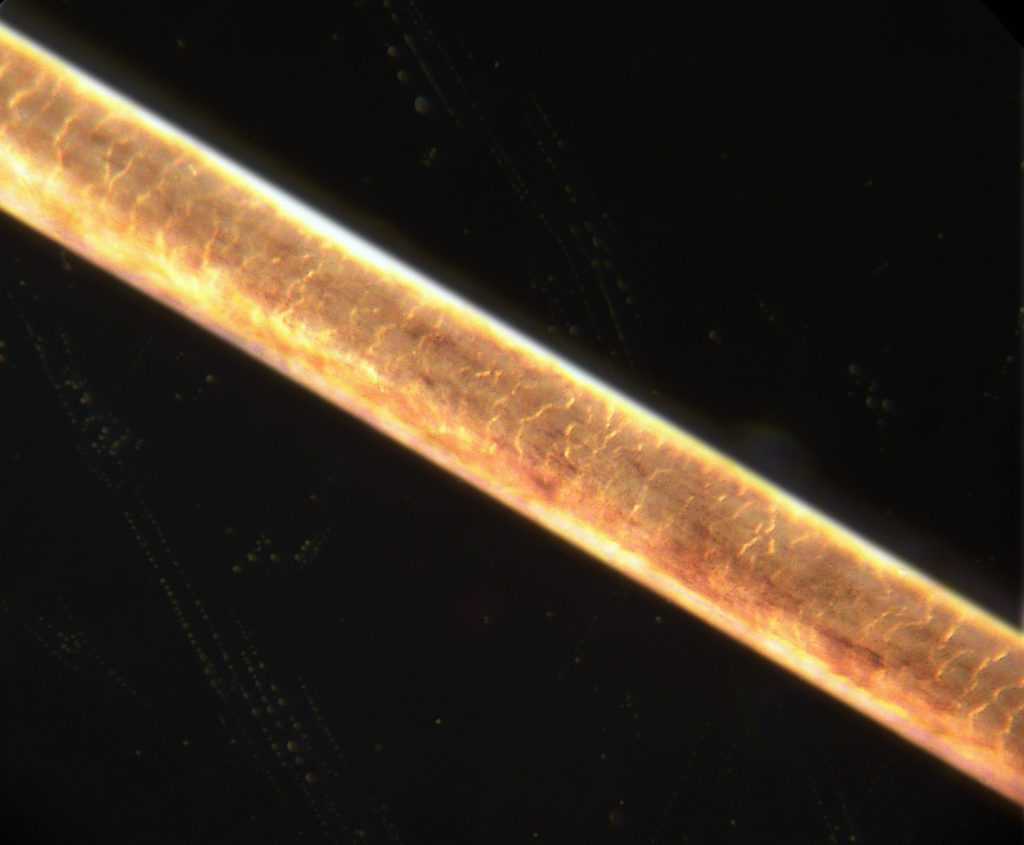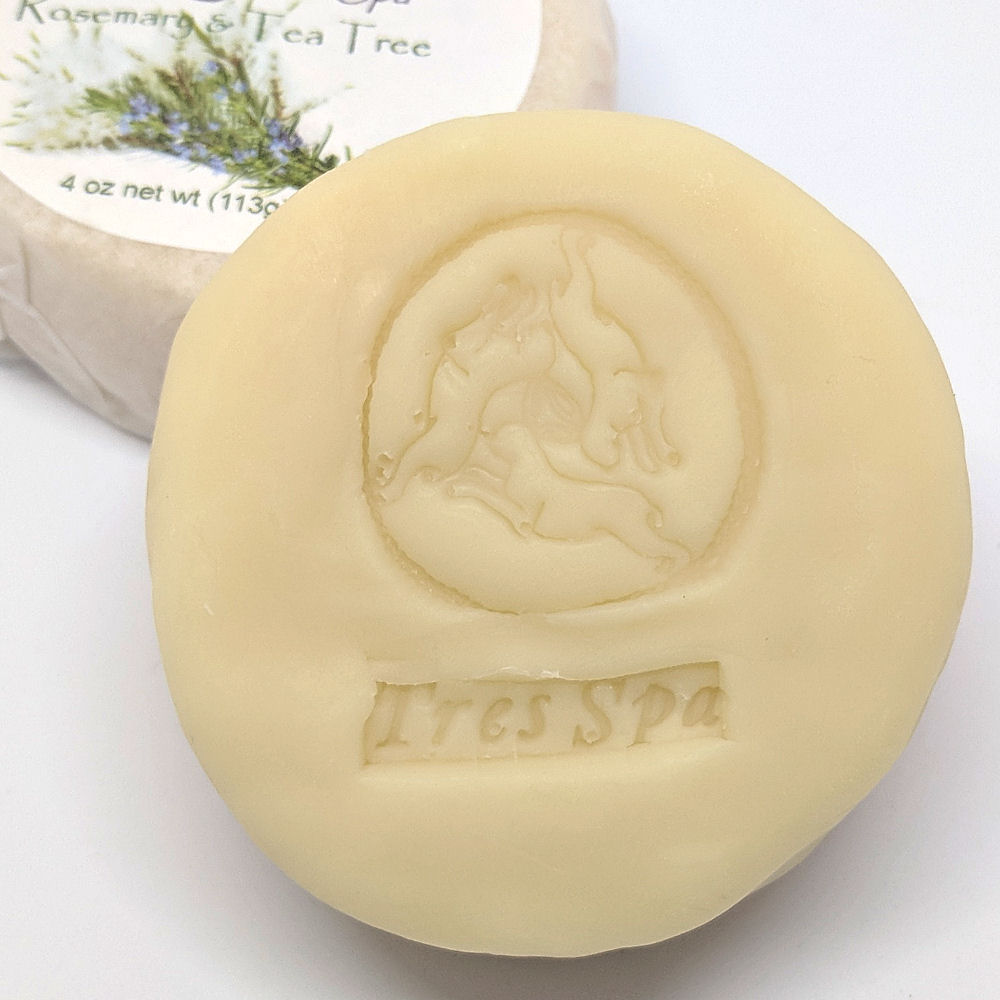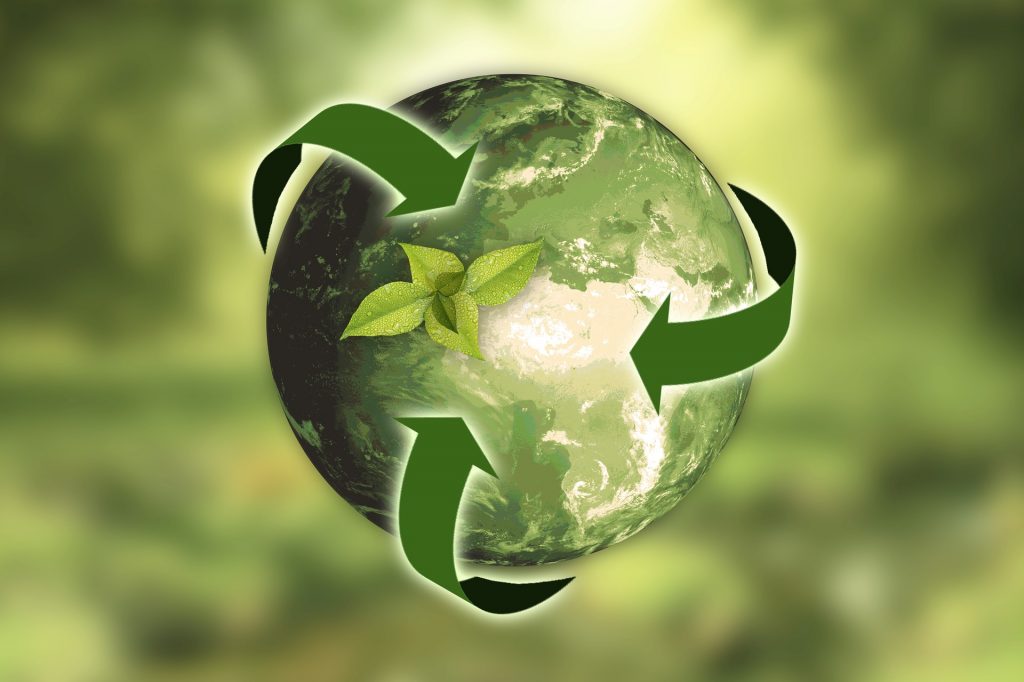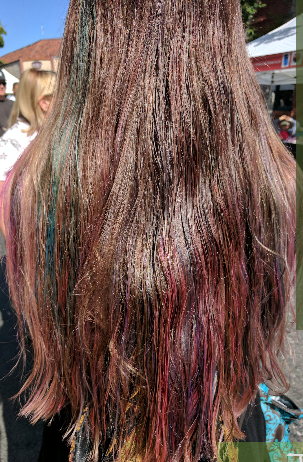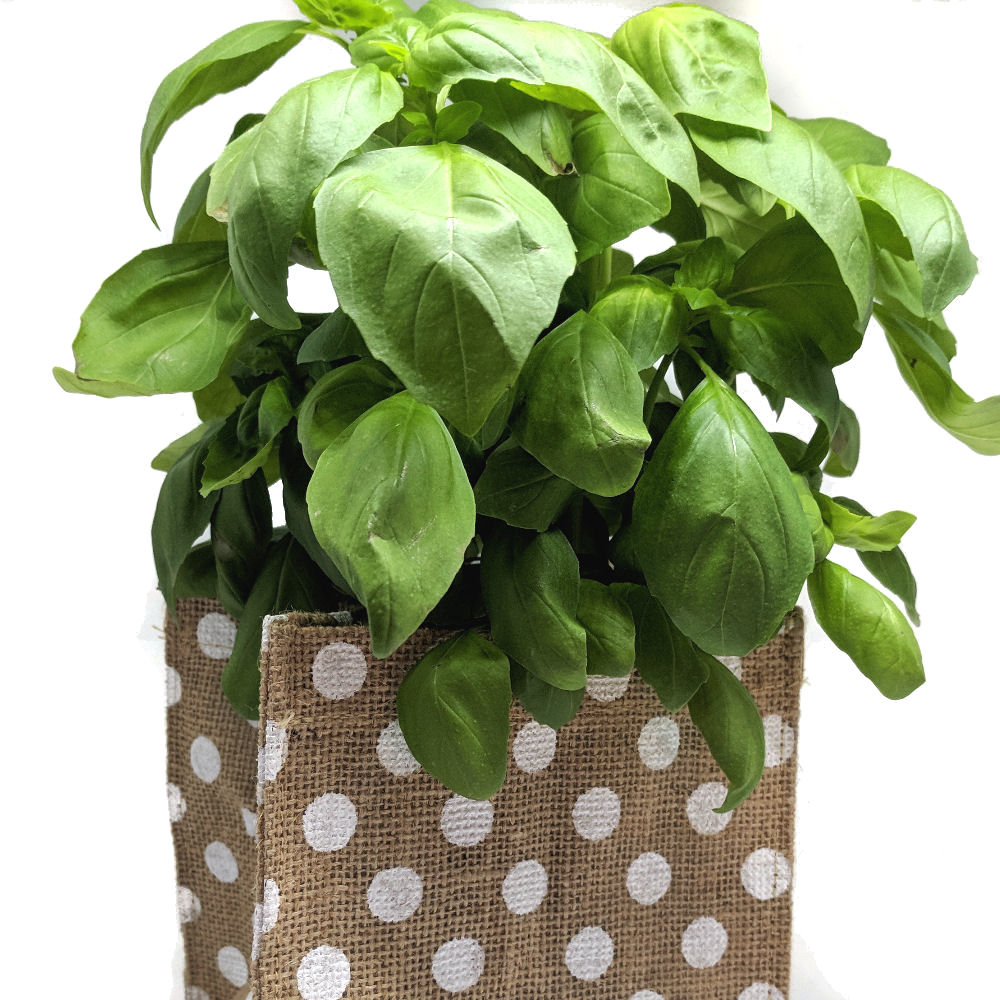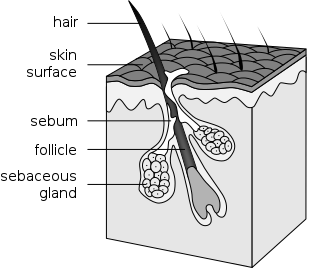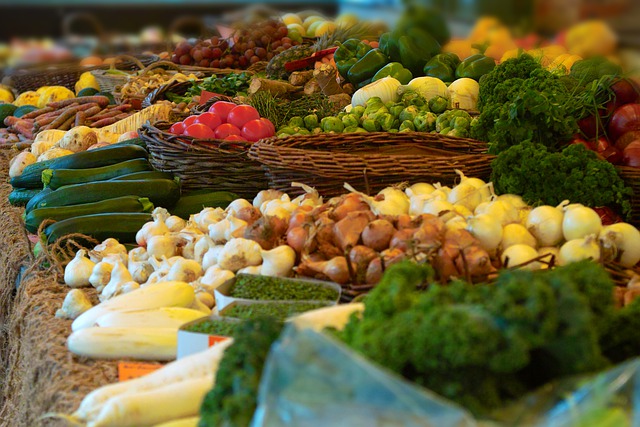
Hair is the fastest growing tissue the body produces so it deserves all your best efforts to encourage strong regeneration. Many people focus on what they put on their hair to solve challenges. They miss the most important step and that is to start from the beginning. For healthy hair, you start with the root, deep in the dermis of the scalp. The only way, or I should say, the best way to get to the root is to be intentional with the food you eat.
The best way to support strong healthy vibrant hair is with what you nourish your body with. These whole foods are packed with nutrients that have been known to be particularly beneficial for vibrant strong hair. Your body will extract the nutrients it desperately needs as long as you are supplying the raw material in whole plant foods.
Iron – If you really want to get to the root, you can’t beet getting to the very blood that supplies oxygen to the root of the hair follicle. Iron improves circulation thereby improving oxygen delivery to encourage hair growth.
- Spinach
- Legumes – beans, lentils, chickpeas, peas, and soybeans
- Pumpkin Seeds
- Quinoa
- Broccoli
- Dark Chocolate
- Apricot
- White Mushroom
- Leeks
- Acorn Squash
- Cashew
Omega 3 – An anti-inflammatory that promotes healthy shine and opens hair follicles to encourages hair growth.
- Flax seed
- Chia Seeds
- Hemp Seeds
- Walnuts
- Soybeans
- Seaweed, nori, spirulina, chlorella, and other algae
- Brussels Sprouts
- Kale
- Purslane
Vitamin A – Vitamin A is the growth vitamin. It also helps the sebaceous glands create sebum to moisturizer the scalp and the hair follicle.
- Orange and yellow vegetables and fruits
- Sweet Potato
- Carrots
- Black Eyed Peas
- Spinach
- Broccoli
- Mango
- Red Bell Pepper
- Cantaloupe
- Apricots
- Pumpkin
- Butternut Squash
- Pink Grapefruit
Vitamin B – For B-12, you need to take a supplement pill. Also known as biotin, vitamin B is best known for hair growth.
- Leafy greens like Spinach, Collard greens, Turnip greens, Romaine lettuce
- Legumes like Black beans, Chickpeas, Green Peas, Kidney beans, Lentils, Pinto beans
- Sunflower seeds
- Oranges
- Whole Grains
- Sweet Potato
- Banana
- Lentils
- Carrot
- Almond
- Avocado
Vitamin C – The powerhouse antioxidant that is crucial for regeneration and to protect against free radicals. It is a keystone in your body’s ability to create collagen. It also helps the body to absorb Iron, a necessary mineral for hair growth.
- Spinach, Kale, Mustard Greens,
- Broccoli
- Cauliflower
- Pumpkin
- Guava
- Citrus fruits
- Strawberry
- Guava
- Sweet and White Potatoes
- Tomatoes
- Bell Peppers
- Brussels Sprouts
- Rose hips
- Kiwis
Vitamin E – Repair and restore scalp as well as strong antioxidant that helps you maintain sturdy hair growth.
- Sunflower Seeds
- Almonds
- Avocados
- Spinach
- Butternut Squash
- Kiwifruit
- Broccoli
- Swiss Chard
- Beet Greens
- Olive
- Wheat germ
- Pine nuts
- Mango
- Turnip greens
Zinc – Supports hair growth and repair. It also helps keep the sebaceous glands functioning at peak performance.
- Pumpkin Seeds
- Legumes – beans, lentils, chickpeas, peas, and soybeans
- Hemp Seeds
- Squash
- Sesame seeds
- Pine nuts
- Peanuts
- Cashews
- Almonds
- Whole grains – wheat, quinoa, rice, and oats
- Dark Chocolate

